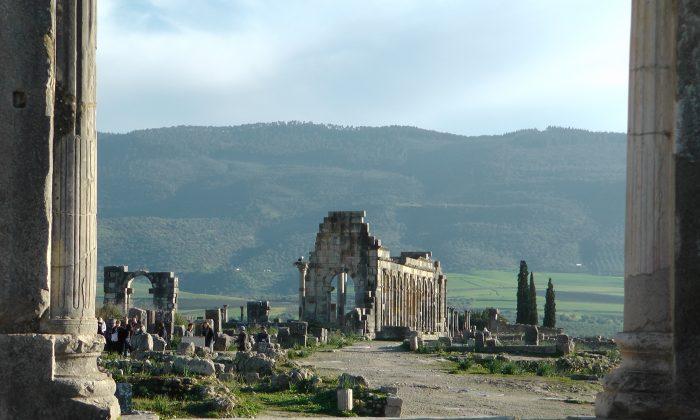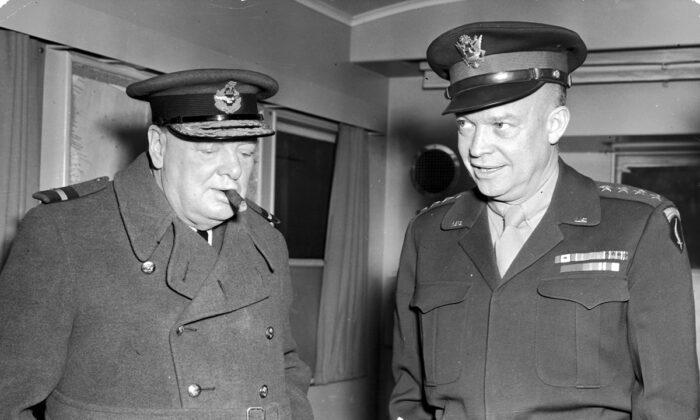Sense of place. What distinguishes somewhere from somewhere else - or nowhere. The American culture that celebrates individuality in people (theoretically at least) imposes uniformity on the land with cookie cutter strip malls, subdivisions, freeways and franchises indistinguishable from New Jersey to California, Lubbock to Lusaka.
In response, we yearn for something that says ‘different’: local food, boutique clothes, world music. Traveling, we seek a spot unlike any other before the killer forces of globalization erase it.
Morocco has always been one of those places.
Over the centuries, Jews, Romans, Berbers, Arabs and French settled here. More recently, Bowles, Burroughs, Beats and Yves St. Laurent have made it home, drawn by an amazing culture that blends the Islamic, Judaic, Mediterranean and Gallic.
Marrakech
Long before Crosby, Stills and Nash took the Marrakech Express, the Pink City was a crossroads of caravans and the center of an empire that spanned West Africa. Today, another generation of artists and culturati are restoring its riads (traditional courtyard homes) shopping its souks (markets) and making Marrakech home (or a second home).
I headed for Jama Al-Fana, the huge plaza adjacent to the mosque in the medina. Historically the center of Marrakech, it was once the spot for public executions – an effective way to instill respect for the law. It is now a marketplace that comes to life at sundown with water sellers, musicians, dancers, snake charmers and all variety of food stalls. (I’m still trying to figure out what the fellow in a djellaba with pigeons and squirrels on a leash was all about.) It’s also a happy hunting ground for pickpockets, hypes and touts who thrive on tourists. A fellow claiming to work at my hotel zeroed in on me as I arrived and offered to take me to a Berber rug auction inside the souk. Deciding it wasn’t prudent to follow a stranger with bad teeth into a maze of alleyways I could never find my way out of alone, I chose to wander the square and pay a snake charmer to drape venomous serpents around my neck.
Marrakech is home to what is probably the world’s first if not only hand-made hotel, the Royal Mansour. A vision of King Mohammed VI, fourteen-hundred skilled craftsmen worked more than 3 years to complete it. Mosaics, carved cedar and plasterwork sumptuously detail the interiors of its lobby, library, spa and riads. This could only be made in Morocco. The king’s financing was not constrained by profit and loss statements, quarterly earnings reports and other rigors of modern market capitalism, but it took more than money to build this. (Dubai and the Gulf emirates have far more money than Morocco.) Only Morocco has the traditional artisans with the know-how to realize such an Arabian Nights fantasy today.
Paul Bowles would be comfortable in the clubby library or lounging under the courtyard orange trees of the charming century-old riad Villa Des Orangers. The cozy candlelit restaurant, all leather and tobacco tones, has the feel of an African lodge, and mouth-watering Mediterranean-Moroccan fare to boot. This Relais and Chateaux riad may well be the most romantic spot in Marrakech, and the perfect spot to encamp and write your novel.
The suburban enclave of Palmerai, once a date grove, lies twenty minutes from the old city. Here I found esteemed interior designer and Marrekech grande dame Meryanne Loum Martin. She’s known for her house party gatherings and salons at Jnane Tamsna, a stylish twenty-four bedroom luxury villa, also her home. A favorite of celebrities including Giorgio Armani, Brad Pitt, Donna Karan and David Bowie, you never know who will be at your dining table.
I lunched with Meryanne, her husband the ethnobotanist and eco-activist Gary Martin, Italian Princess Letizia Ruspoli, and Vanessa Branson, sister of Richard and founder of the Marrakech Biennale. They filled me in on where to eat, where to shop (Sidi Ghanem, 33 Rue Majorelle) and even where to find a cheeky burlesque show (The Lotus Club). The Biennale is coming up in February, when Merryanne will be hosting a TEDx talk.
Fes
The ancient city of Fes is the cultural, spiritual and gastronomic capital of Morocco. Its medina, a labyrinth of 9,000 alleyways and 1,000 neighborhoods, is the world’s largest pedestrian city with half a million residents and a Unesco World Heritage Site.
Founded in the 8th century, the medina was the ultimate in luxury living at its peak in the 11th. All the amenities one would ever want were found within its walls - running water, fountains, public baths (hammams), mosques, madrassas and the world’s oldest university. Today’s most exclusive gated communities would pale in comparison.
No longer the upper class precinct it was back in the day, its architecture, souks and street life still evoke another millennium. Donkey carts have the right of way: loaded with tons of water and all manner of cargo you ignore them at your peril. Veiled women carry toiletries in pails to the hammam. Trades segregate the souks: metalwork, furniture, clothing and food sellers each inhabit their own warren of workshops and stands. Fes is renowned for leather work, and behind the stalls selling handbags and sandals in every color, men in knee-deep vats dye hides in the same manner used for centuries. As the shopkeeper took me to a balcony overlooking the dye works he handed me a sprig of mint to mask the pungent odor.
The Riad Fes allows you to stay in the ancient medina in total 21st Century comfort. This Relais and Chateaux property consists of five interconnected lovingly restored classic courtyard homes. Its stylish restaurant is a favorite of the king. The chef – a woman, as are the best chefs in Morocco - combines traditional Moroccan cuisine, such as a sweet and savory pastilla, with contemporary Mediterranean touches.
A day trip from Fes took me to Volubilis, the best-preserved Roman site in North Africa. An unforgettable scene from one of my favorite films, Patton, with George C. Scott was shot here. Standing amid the ruins, the blood-and-guts general reminisces about a past life fighting the Carthaginians. “As if through a glass and darkly, the age old strife I see / Where I fought in many guises, many names, but always me.”
Gazing in silence upon its temples, colonnades and arches, I wondered if people at the time complained that ever since the Romans showed up every place looks the same.
A good guide is indispensable.
For an excellent guide in Marrakech who knows the latest boutiques and designers as well as the vast souk, contact Hatim.
Heritage Tours Private Travel offers elite custom tours and guides throughout the kingdom.
Casablanca Tours can arrange itineraries, drivers and guides.





Friends Read Free